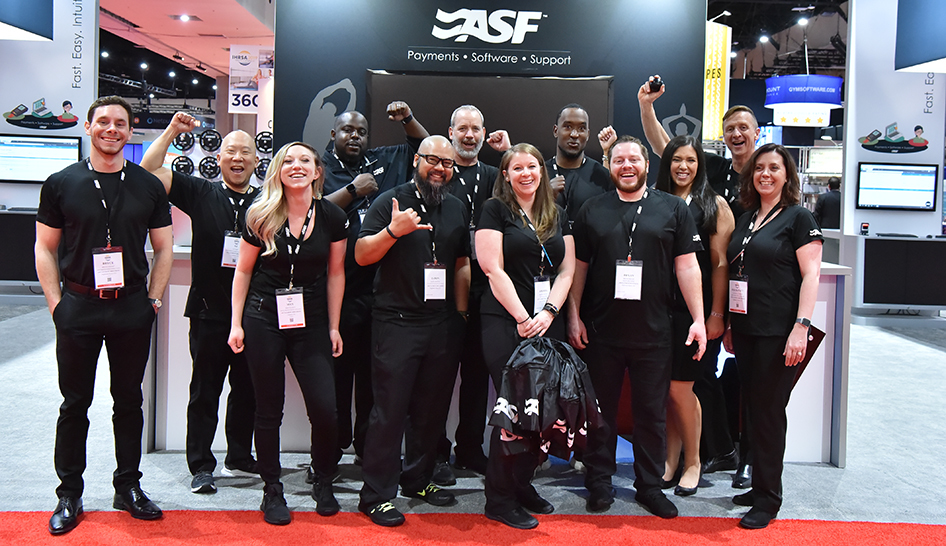While Doerr’s book remains the definitive distillation of his theories, a cottage industry has grown out of the core text. You can find a number of templates and examples of how OKRs work in organizations from a number of sources online.
At its base, Doerr’s formula comes down to this simple phrase: “I will (the objectives/s) measured by (set of key results).”
OKRs are your top strategic priorities and tend to be ambitious but measurable. They can be committed or aspirational. The key results can change as you progress in your objective. As Doerr says: “Where an objective can be long-lived, rolled over for a year or longer, key results evolve as the work progresses.” You should limit your KRs to three or four for each objective.
Doerr provides this example, a customer service OKR adopted by a pizza company called Zume.
O: Delight customers. Ensure that our customers are so happy with our service and product that they have no choice but to order more pizza and to rave about the experience with their friends.
- KR1: Net promoter score (NPS) of 42 or better.
- KR2: Order rating of 4.6/5.0 or better.
- KR3: 75% of customers prefer Zume to the competitor in a blind taste test.
OKRs are “transparent throughout an organization,” according to Doerr’s website, and cascade throughout the company. This increases employee engagement and decreases siloing of departments. OKR’s can also expose those who aren’t focused on key company goals. As Laszlo Bock, Google’s former Head of People Operations explains, because OKRs are so visible, “Teams that are grossly out of alignment stand out.”
KPIs are different than OKRs but not separate. They’re part of the same broad picture. You can think of KPIs as measuring performance on projects that already exist or are ongoing concerns. KPIs aren’t aspirational or broadly defined. As explained by consultant and futurist Bernard Marr: “OKRs help you define your top strategic goals and identify how you will achieve them, while KPIs help you measure performance against your goals.”
Putting OKRs Into Practice
